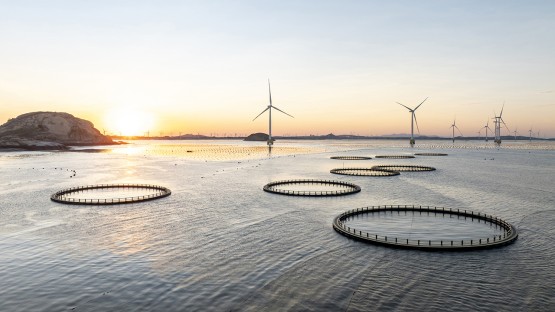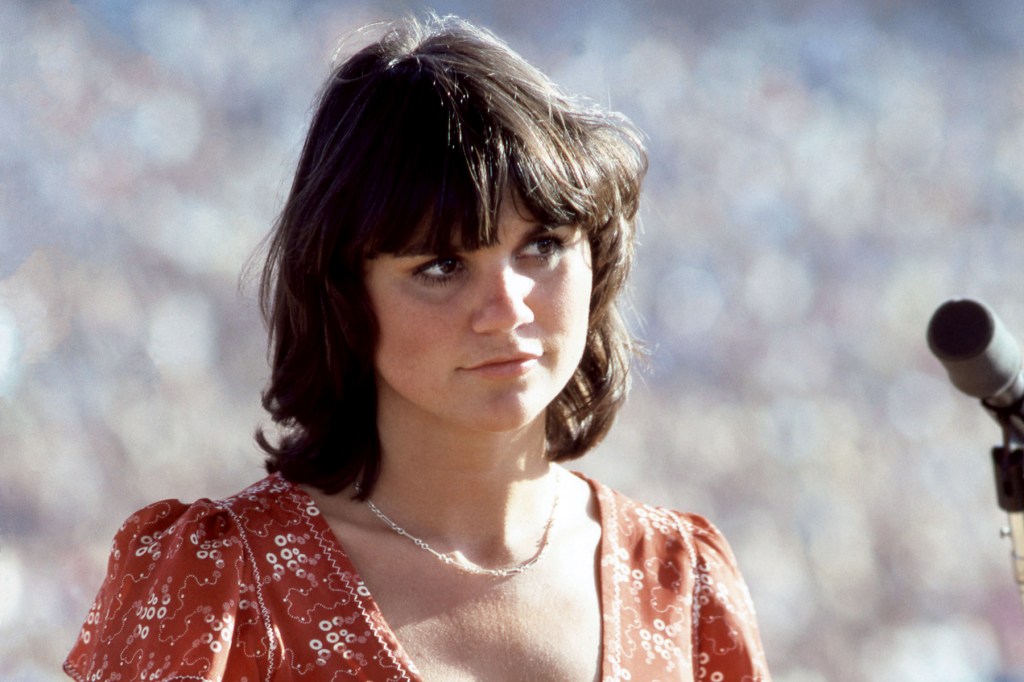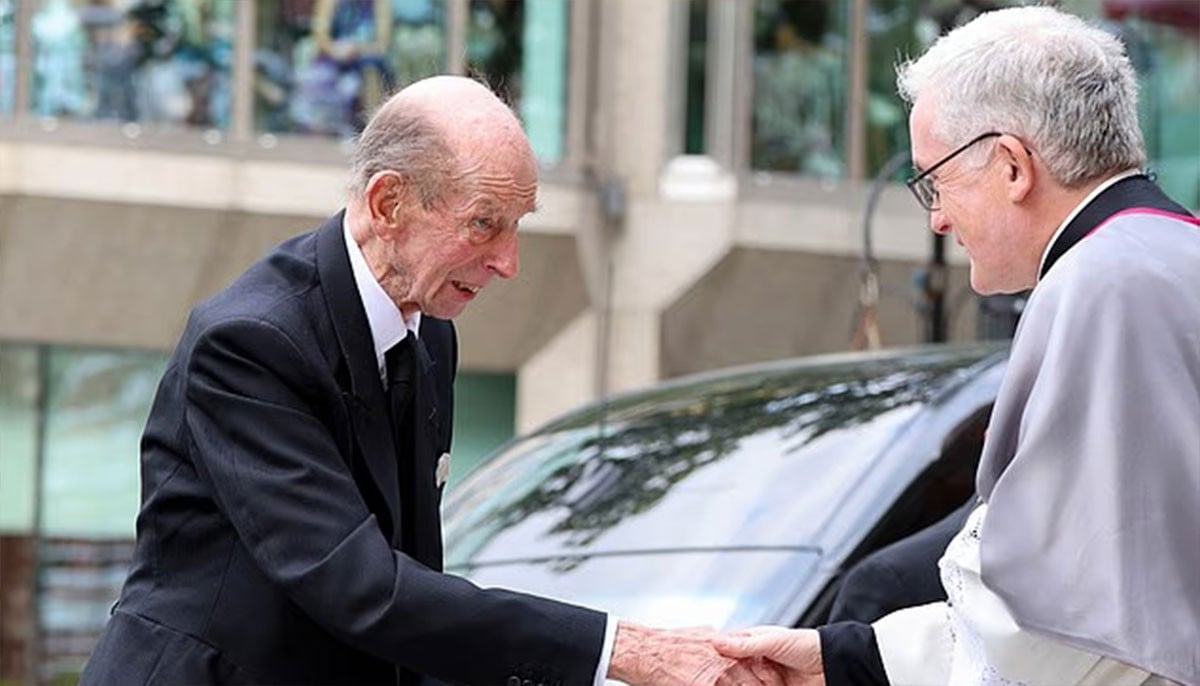A Cornell doctoral student has developed an open-source software package that could transform how engineers design floating offshore structures for renewable energy and other ocean applications.
Kapil Khanal, a doctoral student in the field of systems engineering, is lead author of a study in Applied Ocean Research describing a “fully differentiable boundary element solver” that uses modern computational techniques to deliver fast, precise analysis of wave-structure interactions. The software package is called MarineHydro.jl.
This solver allows engineers to test how small changes in a design of an offshore structure, such as altering the diameter of a floating platform or changing the spacing between floating platforms, will affect performance, without having to build multiple prototypes or running time-consuming simulations.
“Traditional simulation tools came out of the offshore oil and gas industry in the 1970s and ’80s,” Khanal said. “They perform well for oil and gas platforms, but when we look at new devices like wave-energy converters or floating wind turbines, the old methods don’t really capture the challenges we need to address today.”
Existing software can model how a design behaves when in waves, but recalculating for every parameter change is computationally expensive. Khanal’s software integrates reverse-mode automatic differentiation – a technique widely used in machine learning – directly into the hydrodynamic solver.
“When you run the simulation once, the software gives you not only the performance of the system as it is but also how that performance changes if you tweak any of your inputs,” Khanal said. “You get all the sensitivities at once without having to run multiple simulations.”
Khanal compares it to taking a single bite of a dish and knowing instantly how the salt, the spice, the lemon and the garnish shaped the flavor without having to taste the dish ingredient by ingredient.
The solver has already been applied to model interactions among floating spheres and to optimize the layout of wave-energy converters, and the tool’s flexibility will be useful as engineers experiment with other novel, offshore systems.
“For some newer technologies like wave-energy converters and hybrid symbiotic systems, there isn’t one agreed-upon base design yet,” Khanal said. “It depends on the application, and there’s a need for software that can handle that diversity of designs.”
MarineHydro.jl is supported by Sandia National Laboratories, which is funding its continued development. Khanal built the solver in Julia, a programming language gaining traction in engineering circles for its speed and interoperability. The solver is open source and is already attracting interest from researchers and engineers.
“It already has about 20 stars on GitHub, with people using it from Brazil, Virginia Tech and Europe,” Khanal said. “That’s been exciting. It shows my Ph.D. research produced a tool people can actually use.”
The study’s senior author is Maha Haji, visiting assistant professor in Cornell’s Sibley School of Mechanical and Aerospace Engineering and an assistant professor at the University of Michigan.
This project was funded by grants from the U.S. Department of Energy’s Seedling and Sapling Program.
Chris Dawson is a communications coordinator for Cornell Engineering.






